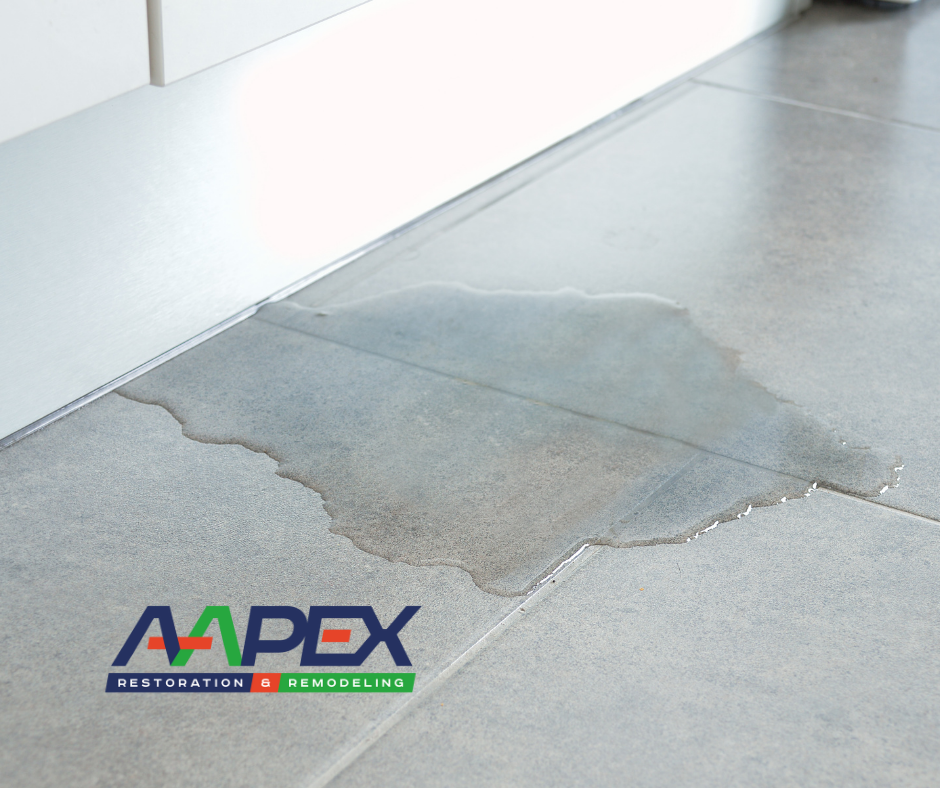Most homeowners are keenly aware of the most common sources of water intrusion in their homes. They keep an eye out for failing foundation sump pumps, water spots on the ceiling that may indicate a leaking roof and are careful to prevent their pipes from freezing during the most frigid winter days. However, there are many surprising sources of water intrusion that may lead to unnoticed water damage. Often, once a homeowner notices this water damage, the problem is much more significant—and expensive—to fix. Here are the most surprising sources of water intrusion that you will want to keep an eye on.
The Problem with Water Intrusion
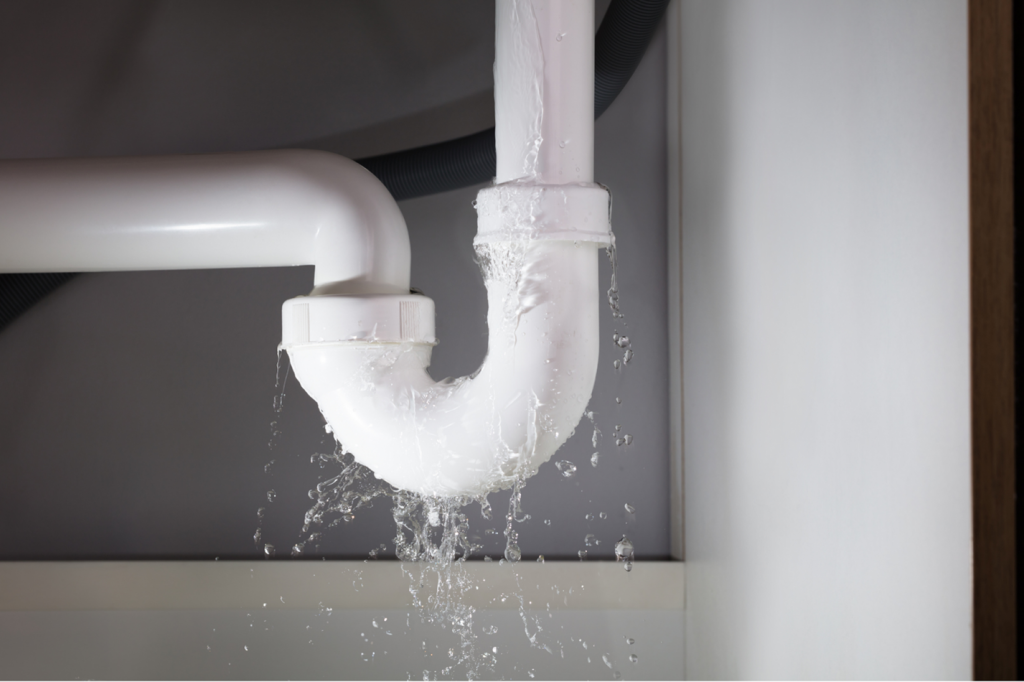
Houses are designed to keep the elements, especially water, out. From the roof all the way down to the foundation, each piece has been meticulously designed to shed or repel water and direct it away from the house. Why? Because, though life-giving, water is one of the most destructive forces on earth. And when water mixes with building materials, the result can be disastrous. In fact, water damage is listed as the third most common reason for homeowners insurance losses, just behind fire and storm damage. Unnoticed water intrusion can cause significant, expensive damage—rotting wood studs, drywall, and floorboards—while also allowing mold to take root. Mold not only destroys your home’s building materials, but it can also cause significant health issues for everyone in your household.
The Most Surprising Sources of Water Intrusion
Giving the destructive force of water its due respect, here are some of the most surprising sources of water intrusion in and around your home. Be sure to regularly check these areas for early signs of water damage.
Windows
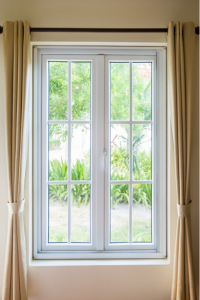 Typically, windows leak when the caulk or other sealant around the window has deteriorated over time. Improper window installation is also a significant source of window leaks. If the window is not installed correctly, or if its flashing is not done properly, water can trickle in along the top, sides, or bottom to find its way down to the framing studs. If the leak continues for any length of time, these studs will rot, and mold will take root and begin eating away at your house’s framing.
Typically, windows leak when the caulk or other sealant around the window has deteriorated over time. Improper window installation is also a significant source of window leaks. If the window is not installed correctly, or if its flashing is not done properly, water can trickle in along the top, sides, or bottom to find its way down to the framing studs. If the leak continues for any length of time, these studs will rot, and mold will take root and begin eating away at your house’s framing.
Though not directly related to a window leak, water condensation on the windows can also be a source of unnoticed water damage around the windows. This may be caused by either too much moisture in your home—remember to keep moisture levels below 55% to prevent mold growth—or insufficient insulation around the window.
Behind the Siding
 Areas around the corners, near the windows, and anywhere siding panels meet are the main culprits for water seeping behind the siding and damage the sheathing that lies beneath. Typically, these areas are flashed, sealed, and otherwise protected against water intrusion. However, improper installation, degradation over time, or damage to the siding can allow water to get behind the siding. You may notice stains or streaks on your siding, especially where panels meet, issues with your interior walls—discoloration or peeling paint and wallpaper—or mold growth near the siding seams. More often than not, this water damage goes unnoticed until the siding is replaced.
Areas around the corners, near the windows, and anywhere siding panels meet are the main culprits for water seeping behind the siding and damage the sheathing that lies beneath. Typically, these areas are flashed, sealed, and otherwise protected against water intrusion. However, improper installation, degradation over time, or damage to the siding can allow water to get behind the siding. You may notice stains or streaks on your siding, especially where panels meet, issues with your interior walls—discoloration or peeling paint and wallpaper—or mold growth near the siding seams. More often than not, this water damage goes unnoticed until the siding is replaced.
Roof Penetrations
 Roof penetrations are one of the most common sources of roof leaks, but most homeowners don’t give them much thought. In fact, the National Roofing Contractors Association (NRCA) claim they are the most vulnerable part of any roofing system. What is a roof penetration? Any object that extends vertically through the shingles and roof deck, including chimneys, vents, exhaust fans, and even skylights. If not properly sealed, or if the sealant ages and cracks, water can trickle underneath the shingles and damage the roof decking. Annual roof inspections help prevent these leaks from going unnoticed too long.
Roof penetrations are one of the most common sources of roof leaks, but most homeowners don’t give them much thought. In fact, the National Roofing Contractors Association (NRCA) claim they are the most vulnerable part of any roofing system. What is a roof penetration? Any object that extends vertically through the shingles and roof deck, including chimneys, vents, exhaust fans, and even skylights. If not properly sealed, or if the sealant ages and cracks, water can trickle underneath the shingles and damage the roof decking. Annual roof inspections help prevent these leaks from going unnoticed too long.
Behind an Exterior Faucet
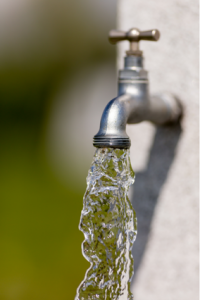 Exterior faucets, particularly those that are not often used, are another common source of water intrusion that get almost no notice from homeowners. Because exterior faucets connect to water pipes just beneath the siding, where it is difficult to get a good connection, they are hot spots for hidden leaks. In addition to that, Northeast Ohio’s drastically fluctuating temperatures put added strain on exterior faucets, which see more expansion and contraction than any other pipe in the house. Leaks here can cause major damage to a house’s sheathing and framing before it is noticed.
Exterior faucets, particularly those that are not often used, are another common source of water intrusion that get almost no notice from homeowners. Because exterior faucets connect to water pipes just beneath the siding, where it is difficult to get a good connection, they are hot spots for hidden leaks. In addition to that, Northeast Ohio’s drastically fluctuating temperatures put added strain on exterior faucets, which see more expansion and contraction than any other pipe in the house. Leaks here can cause major damage to a house’s sheathing and framing before it is noticed.
Underneath Major Plumbing
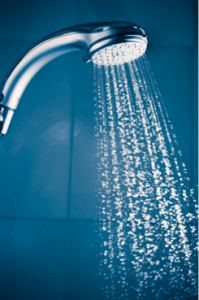 Most people keep an eye on the plumbing underneath the kitchen and bathroom sinks, even if because they are regularly rooting around under the sink for cleaning supplies or toiletries. Leaks under the sinks typically cause damage to the cabinetry. But they are often discovered early enough to prevent further damage from occurring. Check regularly underneath your sinks with a flashlight to catch slow drips before mold begins to grow.
Most people keep an eye on the plumbing underneath the kitchen and bathroom sinks, even if because they are regularly rooting around under the sink for cleaning supplies or toiletries. Leaks under the sinks typically cause damage to the cabinetry. But they are often discovered early enough to prevent further damage from occurring. Check regularly underneath your sinks with a flashlight to catch slow drips before mold begins to grow.
Leaks underneath the showers and toilets, on the other hand, go unnoticed far longer and cause much more significant damage. The plumbing itself may be a source of water leaks, but the caulk around the tub and the wall may also fail with age and allow leaks to form. Keep a close eye on the caulk in your showers, replacing as soon as it begins to crack. Be sure to watch the ceiling beneath toilets and showers for any signs of leaks. A wobbly toilet often indicates a water problem, which may cause the floor beneath the toilet to degrade.
Behind and Under Appliances

Appliances like dishwashers, washing machines, and refrigerators are designed to be watertight. However, the connecting lines can fail and allow water to collect underneath the appliance. Over time, a slow leak can cause significant damage to the subfloor, which will need to be replaced in order to maintain your home’s structural integrity. Keep an eye on the flooring around your appliances and be sure to thoroughly investigate any suspicious puddles as soon as they are discovered.
Around the Foundation Walls
Water that is allowed to collect around your home’s foundation walls will eventually find a way to seep in between the foundation walls and the footer. Typically, this is caused by improper grading around the home or clogged gutters. While homeowners are usually on the lookout for major basement flooding, seepage around the foundation walls often goes unnoticed—especially in a finished basement—because the water intrusion is not significant enough to raise the flag. However, it is significant enough to do damage to the home and allow mold to grow.
Aapex Construction & Restoration is Your Trusted Water Damage Restoration Contractor!
Have you discovered water intrusion or water damage to your home? Aapex Construction & Restoration specializes in insurance and non-insurance restoration projects. With more than 20 years of experience in the industry, our mission is to provide exceptional customer care from start to finish as we mitigate the damage and return your home to pre-loss conditions. We advocate for you with your homeowner’s insurance company, documenting every step of the process and helping to ensure you receive every dollar you are owed in coverage. Contact us today for a free consultation.
Related Articles
Things to Know Before Hiring a Water Damage Restoration Contractor
Appliance Failure & Water Damage
The Importance of Proper Mold Remediation

